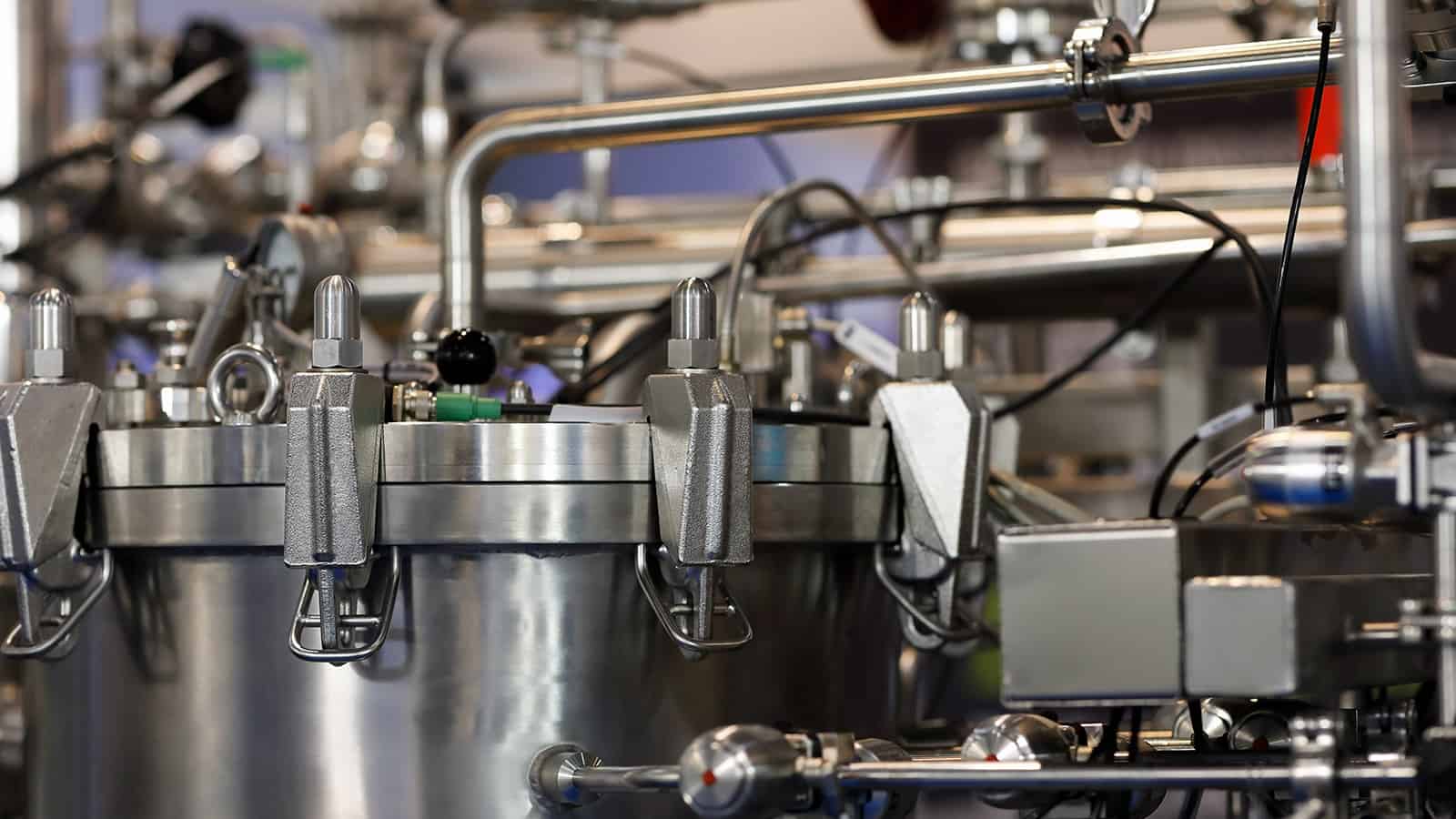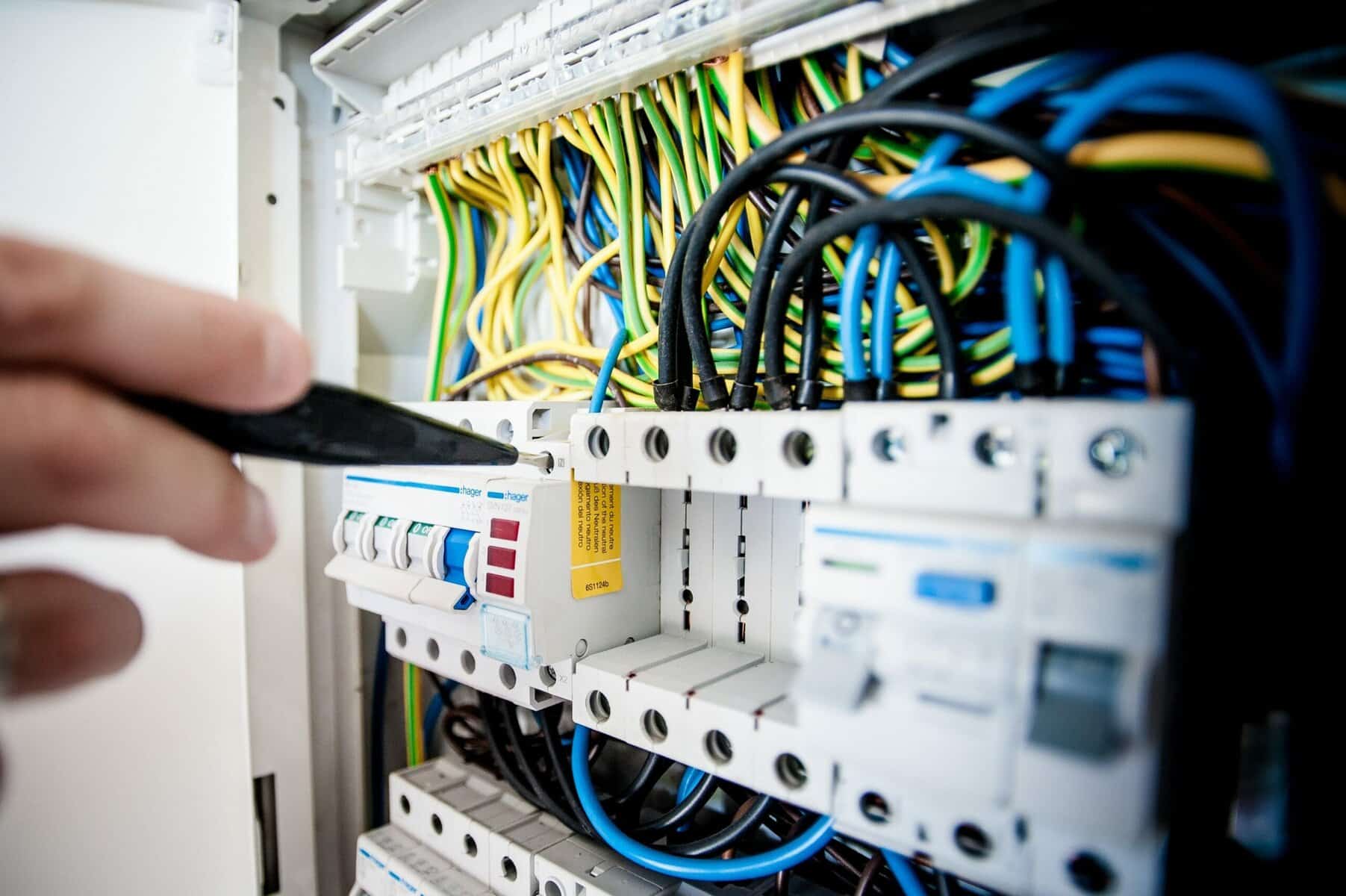Don't risk your process
Published On 12.22.22
Changing technology trends, along with increasing competition in the market, have made it easy to find low quality or non-functional products that seem to be the most cost effective option. This has become increasingly common as companies strive to cut costs wherever they can, including by outsourcing production and having more of a focus on maximizing profits over product quality.
In fact, some companies will even resort to producing lower quality materials or equipment so that they do not spend too much money on manufacturing facilities, leaving them vulnerable when something crucial to the business is discontinued or replaced.
This is particularly concerning if you are actually depending on these tools for your job! If you are a professional in any field (yes, we mean like designing cars!), then finding new and appropriate ways to produce high quality results can make a big difference in how well you are able to continue doing your job.
Control system obsolescence - also known as control device retirement - occurs when a piece of machinery or software needed to perform an essential function in a process no longer functions properly. In other words, it stops working.
Obsolete controls often go unnoticed unless someone else in the workplace becomes aware of the problem, at which time it can be difficult to determine who gets notified and what their position is within the company. This makes it hard to identify who needs to know about the situation and whether they should be informed ahead of schedule or late enough that people can easily keep performing their jobs until a solution can be found.
Older manufacturing control systems pose a huge risk

Technically speaking, obsolescence is defined as when an item becomes useless or unnecessary due to newer technology being better than it. The risk of mechanical catastrophic failure of a key piece of equipment is the unspoken reality in most manufacturing plants.
Control system software for manufacturing machines is no different! There are so many new, advanced control systems available these days that old, outdated ones risk being phased out completely.
Many of these legacy systems pose a significant of data security risk. They may also lack more modern safety interlocks and or sensors of newer controls.
There is also a financial risk as over time you have to invest larger amounts of capital to maintain or fix the current system.
Why do control systems become obsolete?

There are several reasons why control systems can become obsolete. This happens because of three major things: technology, market demands, and cost.
Technology is the main reason that most people skip when it comes to investing in new controls. Even if you have to invest in newer versions, there are ways to get around spending the money unless you want to run your manufacturing process without quality or quantity control.
Newer technologies usually work just as well if not better than older ones, which leaves your company with no choice but to upgrade.
Market demand also plays a big part in what types of products companies need to run their processes. If a product becomes outdated, then the manufacturers will stop producing it, and you will be left with none.
This could also happen because most companies interested in creating new products rather than continuing to support older versions, or engineers have adopted new programming languages or control schemes to improve the operation of the equipment.
Finally, cost is a factor that contributes to obsolesce. Companies may choose more affordable alternatives over professional level setups due to price.
Spare parts availability and supply chain issues further complicate

Even if you manage to stay within your budget by maintaining your current control systems, what happens when a key piece of hardware burns out?
If there is no stock left at the local distributor or plant, then you are totally hosed. Or worse yet, the ones that do remain will be expensive! This can mean paying much more than your initial budget for a replacement controller.
In fact, studies show that it takes an average of six months before all expired spare parts have been completely depleted from stores across the country.
This means that during this time frame, plants will need to make due with whatever part backup they still have in storage or via online vendors, which can seriously hurt production. If a large order needs to be cut short because of lack of components, then both buyers and sellers are negatively impacted.
Older system operation may be reliant on tribal knowledge

Even if you're using the most up-to-date equipment, there may be things you do not know how to do that your predecessors did!
As mentioned there are many reasons why older control system technology can cause issues with your manufacturing process. One of the biggest concerns is how to continue to maintain and successfully run old systems when key operators have retired or the manufacturer no longer supports the system. These operators left the plant with their knowledge that they used during their time as employees, which other engineers don’t necessarily know how to replicate or improve upon.
Tribal knowledge is understanding what works and doesn’t work in an area (or in this case - what worked with the last generation of manufacturing equipment) so that people around you can learn from and implement onto what you've got working now.
Many manufacturers run purely on this concept with little regard to documentation and risk mitigation.
Managing the equipment life-cycle

The life of any manufacturing equipment is typically determined by two things: how well it runs in its current state, and how long you want to use it before replacing it.
The first thing depends mostly on how efficient it is at doing what it does already. If it works beautifully, then people will keep buying it and using it, so it'll stay popular.
But eventually, all equipment loses efficiency as more and more of its components reach the end of their useful life. At this stage, you have two options: either upgrade the equipment, or find something like the same quality in lower cost or older technology equipment.
If you're constantly looking for newer and better equipment, on average you'll need to invest about 10% of your operating budget in new machinery every year. So if your operating budget is $1 million per year, you should be seeking out upgrades for equipment that add up to around $100,000 annually.
By far the largest complaints of older equipment is the control system, ability to capture and display data and operator interaction. This is why it is best to consider a control system upgrade as the first investment to extend the life of the equipment.
Don't let procedures and specifications lock you into old equipment

Many manufacturers maintain specifications that have been based on a specific piece of equipment and or control system. But doing so they have only increased the risk and complexity of a potential upgrade due to a new process, source new materials or tooling.
If you want to stay competitive, don’t let procedures and specifications lock you into old equipment!
Instead, all SOPs (Standard Operating Procedures) and Equipment Specifications should be based on intended performance and process application not a manufacturer specific document.
By limiting yourself to equipment within specs, you're also limiting your options.
Upgrading control systems alleviates maintenance headaches

As discussed, one of the biggest costs for manufacturers is control system maintenance. This includes things like programming new programs, adding new recipes or changing settings to better regulate processes.
Mostly due to the expensive nature of these upgrades, most plants will not do them unless they have to. Because equipment is often being utilized in multiple production shifts, plant owners are reluctant to create down-time unnecessarily until there is an urgent need.
This can be frustrating for engineers that work at factories with outdated technology. Engineers are being asked to integrate new data visualization platforms and technology with ancient manufacturing equipment.
Upgrading your production controls gives you more flexibility and efficiency in running your factory. Not only does it reduce downtime, but it also allows you to run more efficient operations.